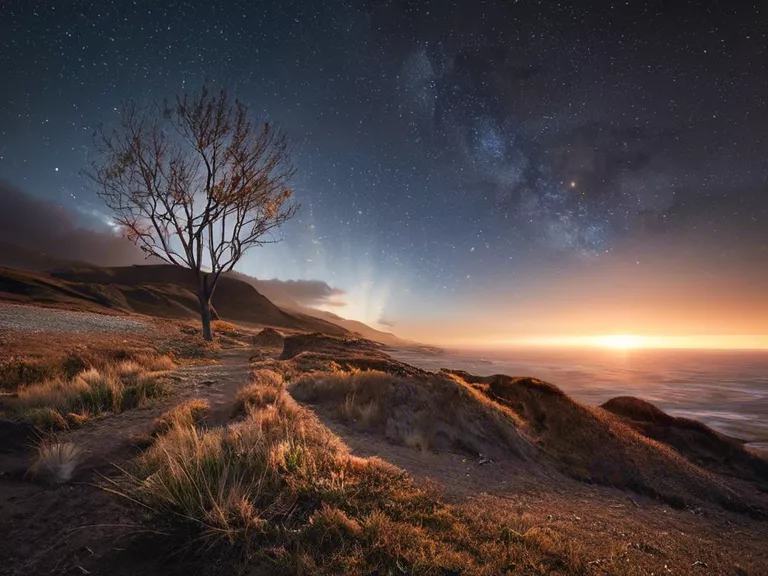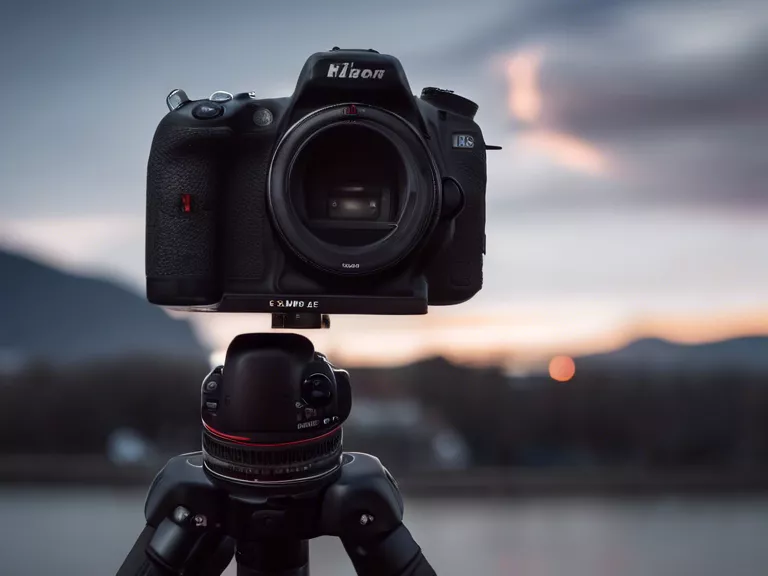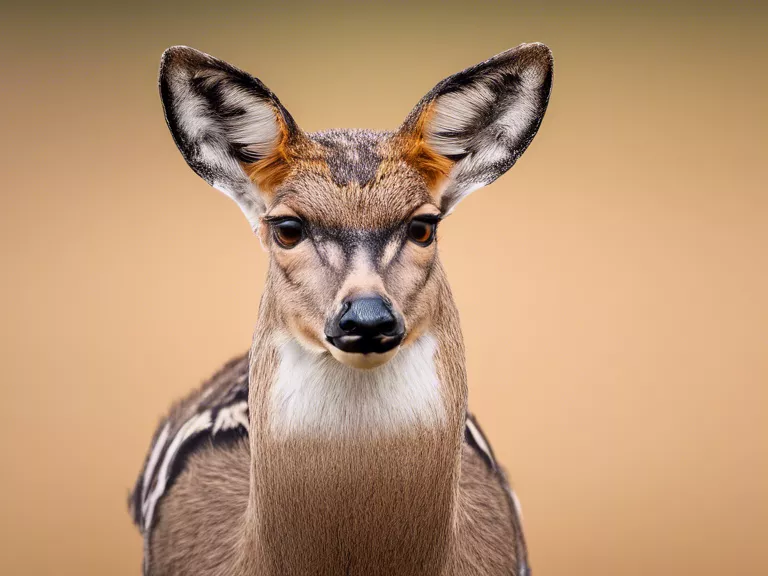
In the world of landscape photography, composition is key to capturing stunning and impactful images. Knowing how to arrange elements within your frame can make the difference between a mediocre shot and a masterpiece. Here are some essential tips to help you improve your landscape photography composition skills.
Rule of Thirds: One of the most basic principles in composition, the rule of thirds involves dividing your frame into thirds both horizontally and vertically. Placing key elements along these lines or at their intersections can create a balanced and visually appealing image.
Leading Lines: Utilize natural or man-made lines in your composition to lead the viewer's eye through the scene. Roads, rivers, fences, or tree branches can all serve as effective leading lines that draw attention to the main subject of your photograph.
Foreground Interest: Including a strong foreground element can add depth and scale to your landscape images. Rocks, flowers, or other objects in the foreground can provide a sense of context and lead the viewer into the scene.
Framing: Use elements within the environment to frame your main subject and draw attention to it. Overhanging branches, doorways, or rock formations can act as natural frames, creating a sense of depth and focus within the image.
Symmetry and Patterns: Look for symmetry or patterns in nature that can add a sense of harmony and order to your photographs. Reflections on water, rows of trees, or repeating shapes can all create visually striking compositions.
By keeping these tips in mind and practicing your composition skills, you can elevate your landscape photography to a new level. Experiment with different techniques, angles, and perspectives to find what works best for each scene you encounter. Remember, composition is an art form that takes time and patience to master, so keep shooting and refining your skills.



